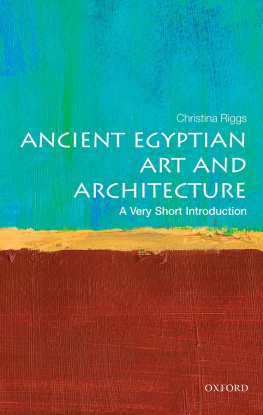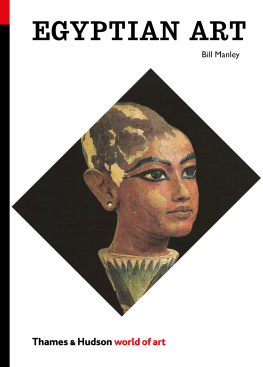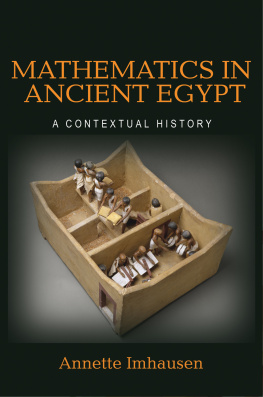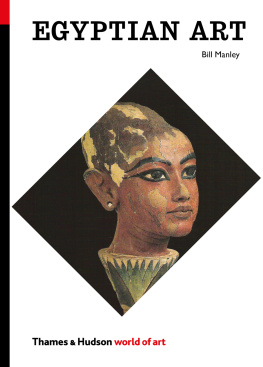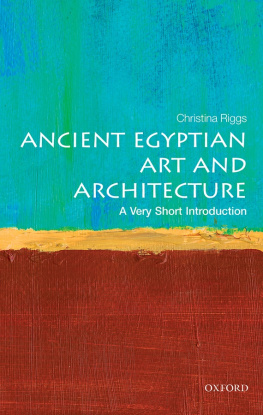Oxford University Press is a department of the University of Oxford. It furthers the Universitys objective of excellence in research, scholarship, and education by publishing worldwide. Oxford is a registered trade mark of Oxford University Press in the UK and certain other countries.
198 Madison Avenue, New York, NY 10016, United States of America.
All rights reserved. No part of this publication may be reproduced, stored in a retrieval system, or transmitted, in any form or by any means, without the prior permission in writing of Oxford University Press, or as expressly permitted by law, by license, or under terms agreed with the appropriate reproduction rights organization. Inquiries concerning reproduction outside the scope of the above should be sent to the Rights Department, Oxford University Press, at the address above.
You must not circulate this work in any other form and you must impose this same condition on any acquirer.
Contents
Introduction
Vanessa Davies and Dimitri Laboury
Form, Layout, and Specific Potentialities of the Ancient Egyptian Hieroglyphic Script
Pascal Vernus
The Content of Egyptian Wall Decoration
Niv Allon
The Egyptian Theory of Monumental Writing as Related to Permanence or Endurance
Boyo G. Ockinga
The Historical Record
Peter J. Brand
Egyptian Epigraphic Genres and Their Relation with Nonepigraphic Ones
Julie Stauder-Porchet and Andras Stauder
Designers and Makers of Ancient Egyptian Monumental Epigraphy
Dimitri Laboury
Audiences
Hana Navratilova
The Materials, Tools, and Work of Carving and Painting
Denys Allen Stocks
Recording Epigraphic Sources as Part of Artworks
Gabriele Pieke
When Ancient Egyptians Copied Egyptian Work
Tams A. Bcs
When Classical Authors Encountered Egyptian Epigraphy
Jean Winand
Interpretations and Reuse of Ancient Egyptian Hieroglyphs in the Arabic Period (TenthSixteenth Centuries ce )
Annette Sundermeyer
The Reception of Ancient Egypt and Its Script in Renaissance Europe
Lucie Jirskov
The Epigraphy of Egyptian Monuments in the Description de lgypte
ric Gady
The Rosetta Stone, Copying an Ancient Copy
Ilona Regulski
The Epigraphic Work of Early Egyptologists and Travelers to Egypt
Lise Manniche
Karl Richard Lepsius and the Royal Prussian Expedition to Egypt (18421845/6)
Christian E. Loeben
Nineteenth-Century Foundations of Modern Epigraphy
Virginia L. Emery
Late Nineteenth- and Early Twentieth-Century Scientific Developments in Epigraphy
Vanessa Davies
How to Publish an Egyptian Temple?
Claude Traunecker
Epigraphic Techniques Used by the Edfu Project
Dieter Kurth
The So-Called Karnak Method
Christophe Thiers
The Chicago House Method
J. Brett McClain
Typical, Atypical, and Downright Strange Epigraphic Techniques
William Schenck
Online Publication of Monuments
Willeke Wendrich
Tradition and Innovation in Digital Epigraphy
Krisztin Vrtes
3D Scanning, Photogrammetry, and Photo Rectification of Columns in the Karnak Hypostyle Hall
Jean Revez
An Assessment of Digital Epigraphy and Related Technologies
Peter Der Manuelian
Practical Issues Concerning Epigraphic Work in Tombs and Temples
Hanane Gaber
Graffiti
Chiara Salvador
Practical Issues with the Epigraphic Restoration of a Biographical Inscription in the Tomb of Djehuty (TT 11), Dra Abu el-Naga
Andrs Diego Espinel
Palaeographic Interpretation in the Wake of a Logic of Writing-Imagery as Applied to the Formative Phase of Writing in the Pre- and Early Dynastic Periods
Ludwig Morenz
Reading, Editing, and Appreciating the Texts of Greco-Roman Temples
Laure Pantalacci
History of Recording Demotic Epigraphy
Jan Moje
Aspects of the Relationships between the Community of Sheikh Abd al-Qurna and Ancient Egyptian Monuments
Andrew Bednarski and Gemma Tully
The Significance of Medium in Palaeographic Study
Dimitri Meeks
Hieroglyphic Palaeography
Frdric Servajean
Methods, Tools, and Perspectives of Hieratic Palaeography
Stphane Polis
Carved Hybrid Script
Mohamed Sherif Ali
Cursive Hieroglyphs in the Book of the Dead
Rita Lucarelli
Some Issues in and Perhaps a New Methodology for Abnormal Hieratic
Koenraad Donker van Heel
Demotic Palaeography
Joachim Quack , Jannik Korte , Fabian Wespi , and Claudia Maderna-Sieben
Issues and Methodologies in Coptic Palaeography
Anne Boudhors
Digital Palaeography of Hieratic
Svenja A. Glden , Celia Krause , and Ursula Verhoeven
Hieratic Palaeography in Literary and Documentary Texts from Deir el-Medina
Hans-Werner Fischer-Elfert
First, we would like to express our deepest gratitude to Stefan Vranka, our editor at Oxford University Press and a figure ubiquitous in the field of the ancient Mediterranean world, for his constant support as we worked on this Handbook. His enthusiasm for the project and his realization of the great need for it was clear from our very first meeting. Sarah Svendsen, John Veranes, and Alexia Sereti, also of Oxford University Press, provided us with much assistance along the way. At the beginning of the project, Georgia Irby generously shared her expertise after having recently edited a large collected volume. We dodged a few issues that we would not have foreseen except for her advice. A number of people helped us in our early stages, including Terry Wilfong, Betsy Bryan, Glenn Godenho, Joyce Tyldesley, Ray Johnson, Violaine Chauvet, Simon Connor, Hughes Tavier, and Stphane Polis. Many of the authors in this Handbook shared their time with us, discussing issues related to the web side of this project, including Ginger Emery, Chiara Salvador, Hanane Gaber, and Jan Moje. On a sad note, one of our intended authors, Brian Curran, died after a long illness. In terms of scholarship, he has left a great legacy in art history, Classics, and Egyptology, and his passing is a great loss for all three fields. At the Egypt Exploration Society, Carl Graves and Brigitte Balanda were so helpful when Vanessa visited there to research her chapter. Other colleagues who assisted us during this process include JJ Shirley, Carol Redmount, Ben Porter, Ron Hendel, and Michael Nylan. Warm thanks are due also to Serge Rosmorduc for allowing free access to JSesh, his invaluable word processor for hieroglyphic texts. Finally, we gratefully acknowledge the assistance of the American Research Center in Egypt. Generous support from their Antiquities Endowment Fund enabled us to include in this publication color images, which are vital to illustrate the points made by the authors.
Mohamed Sherif Ali is Lecturer Professor, Department of Egyptology, Rheinische Friedrich-Wilhelms-Universitt Bonn, Associate Professor of Egyptology, Cairo University


